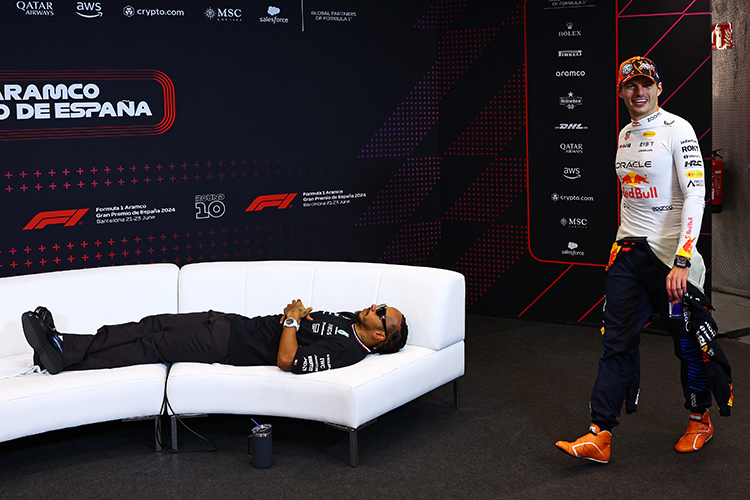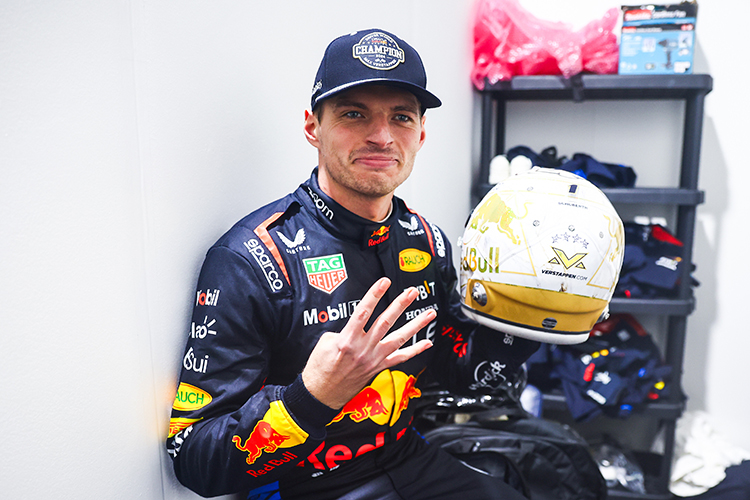How FIA Crash Tests and Safety Standards Protect F1 Drivers

Formula 1 World Champions: A legacy of racing legends
How are the crash tests and safety standards for the F1 chassis regulated?
Discover how FIA crash tests and safety standards ensure the protection of F1 drivers, highlighting advanced chassis technology and life-saving innovations.
Formula 1 is synonymous with speed and precision, but the sport’s commitment to safety remains paramount. The Fédération Internationale de l'Automobile (FIA) enforces stringent crash tests and safety standards to ensure the protection of drivers, focusing on the resilience of the chassis—the structural core of every F1 car.
The Role of the FIA in F1 Safety
As the governing body for Formula 1, the FIA oversees safety protocols that cover every aspect of car design and construction. Key objectives include:
- Driver Protection: Ensuring the chassis withstands extreme forces while preserving the survival cell.
- Accident Mitigation: Reducing the risk of injury or fatality during crashes.
Crash Test Requirements for F1 Chassis
Each F1 chassis must undergo rigorous FIA crash tests before being approved for competition. These tests simulate high-speed collisions to verify the car’s safety capabilities.
Frontal Impact Test
Purpose: Simulates a head-on collision at 15 m/s (54 km/h).
Procedure: The chassis is launched into a solid barrier, with the deformable crash structure absorbing the energy. The survival cell must remain intact, and transmitted forces must fall within FIA-defined limits.
Side Impact Test
Purpose: Mimics side collisions, such as impacts from other cars or track barriers.
Procedure: A hydraulic ram applies a 40 kN force to the chassis side, testing the integrity of Zylon anti-penetration panels. The cockpit must remain secure and penetration-free.
Rear Impact Test
Purpose: Assesses rear-end collision safety.
Procedure: The rear chassis is struck at 15 m/s. The deformable rear structure absorbs impact energy, preventing damage to the survival cell and fuel tank.
Roll Hoop Test
Purpose: Verifies the roll hoop's strength during car flips or rolls.
Procedure: A 12 kN force is applied to the roll hoop. It must endure the force without collapsing or detaching from the chassis.
Static Load Tests
Purpose: Evaluates chassis resilience under extreme forces.
Procedure: Hydraulic rams exert stress on the chassis from various angles, testing its structural integrity. Cracking or deformation beyond acceptable limits results in failure.
The Survival Cell: A Life-Saving Innovation
At the heart of F1 safety is the survival cell, a carbon-fiber monocoque reinforced with Zylon panels. Designed to:
- Withstand catastrophic impacts while remaining intact.
- Absorb collision energy, protecting the driver from excessive forces.
- Serve as a fire-resistant barrier, safeguarding against fuel-related accidents.
Evolution of Safety Standards
FIA safety regulations have evolved following high-profile incidents, leading to continuous improvements:
- 1994 Ayrton Senna Tragedy: Prompted stricter crash tests and improved survival cell designs.
- 2020 Romain Grosjean Crash: Highlighted the importance of cockpit fire resistance and fuel safety.
- 2022 Zhou Guanyu Crash: Demonstrated the halo device's effectiveness and reinforced survival cell reliability.
Continuous Monitoring and Innovations
The FIA frequently updates its safety standards, ensuring they remain at the forefront of motorsport innovation:
- Crash Test Dummies: Advanced models equipped with sensors provide data on human crash responses.
- Real-Time Monitoring: Onboard sensors record crash forces, informing future safety developments.
- Advanced Materials: Lighter, stronger materials enhance safety without compromising performance.
A Commitment to Driver Safety
FIA crash tests and safety regulations form the foundation of Formula 1’s dedication to protecting its drivers. By subjecting every chassis to rigorous testing, the sport ensures that safety standards evolve alongside its relentless pursuit of speed and innovation.
In a world where split-second decisions define glory, these safety measures allow drivers to push the limits, confident in the knowledge that their lives are in capable hands.
Up Next



